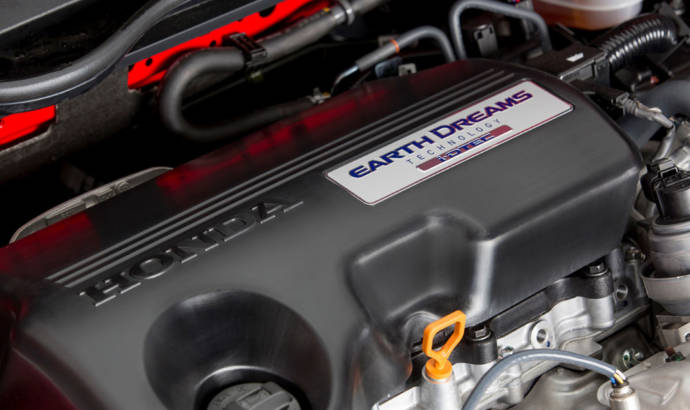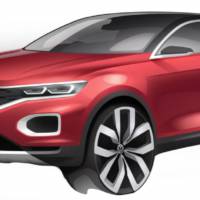Honda knows that Europeans are in love with diesels, even if the Dieselgate scandal has shaken its reputation among many clients. So, the most popular model in Honda range, the all new Civic, had to adapt to Europeans desire. Starting next year, the Civic will also offer a diesel engine, a revised 120 hp 1.6 litre i-DTEC diesel engine: from March 2018.
The new engine is one of the first units to be officially tested under the new Worldwide Harmonised Light Vehicle Test Procedure (WLTP) fuel consumption and emissions cycle, which comes into force this year.
Honda has made significant improvements to the engine and the exhaust system to maximise real world performance. The efficiency enhancements for the new Honda Civic 1.6 i-DTEC result in fuel economy and CO2 emissions starting from 3.7 l/100 km (76.3 mpg) and 99g/km (under the WLTP cycle).
The improvements to the 1.6-litre diesel include a reduction in cylinder friction, thanks to pistons made from highly durable chromium-molybdebnum steel alloy, as well as ‘super plateau honing’ of the bores to enable smoother piston movement.
For the new i-DTEC, additional cast ribs have been added to the cylinder block to increase structural rigidity and, consequently, improve the management of noise, vibration and harshness.
The diesel powertrain has a new NOx Storage Converter (NSC) system with larger catalysts and a higher content of noble metals (silver, platinum and neodymium) that store nitrogen oxide gas until the regeneration cycle. A soot sensor accurately detects when the regeneration cycle is required, extending exhaust component durability.
The 1.6 i-DTEC engine produces 120 hp at 4,000 rpm and 300 Nm of torque at 2,000 rpm, powering the Civic from zero to 100 km/h (62 mph) in 10.4 seconds.
Assembled at Honda of the UK Manufacturing in Swindon, the revised engine will be available in both the four-door and five-door variants of the new tenth-generation Civic.
A nine-speed automatic transmission will join the Civic’s powertrain options in mid-2018, representing its first ever application in a two-wheel drive car.



